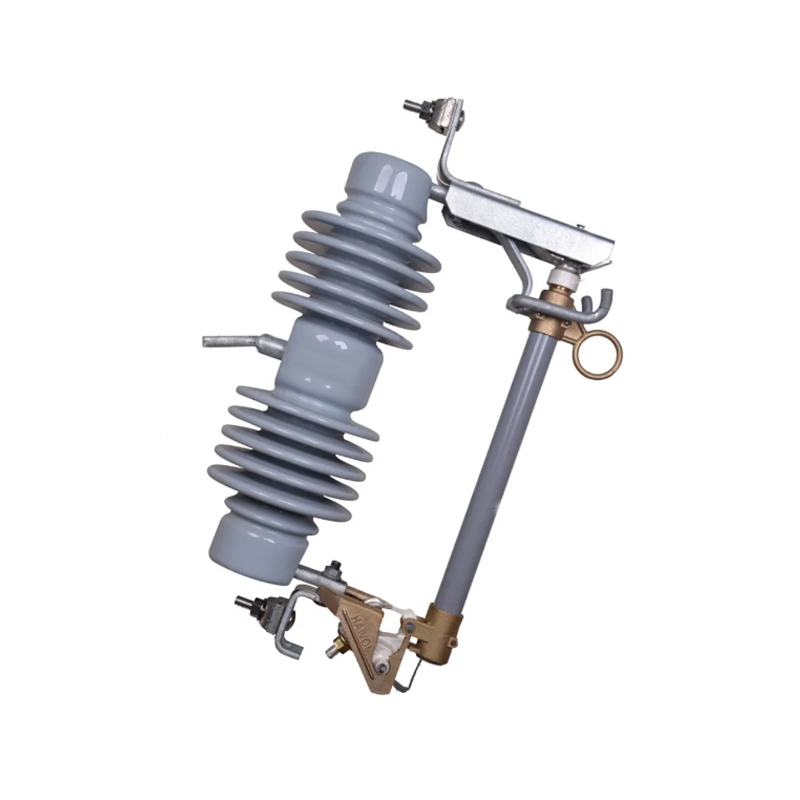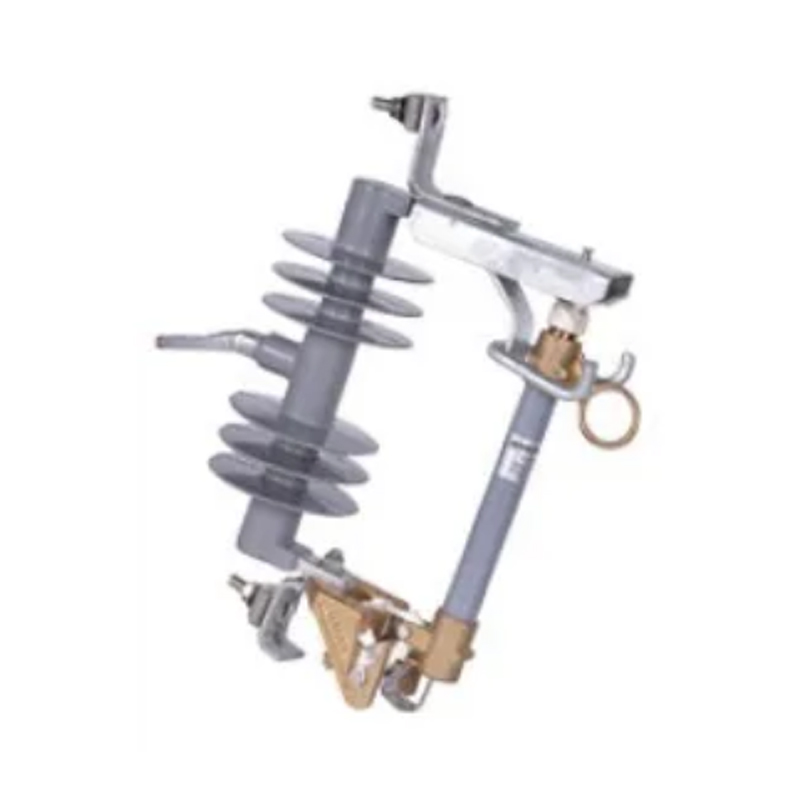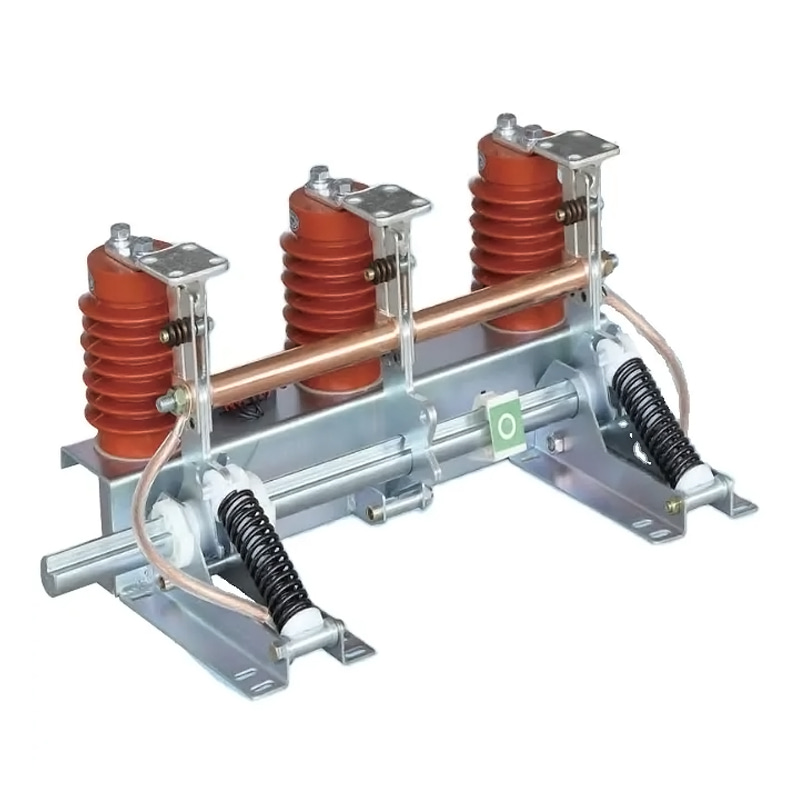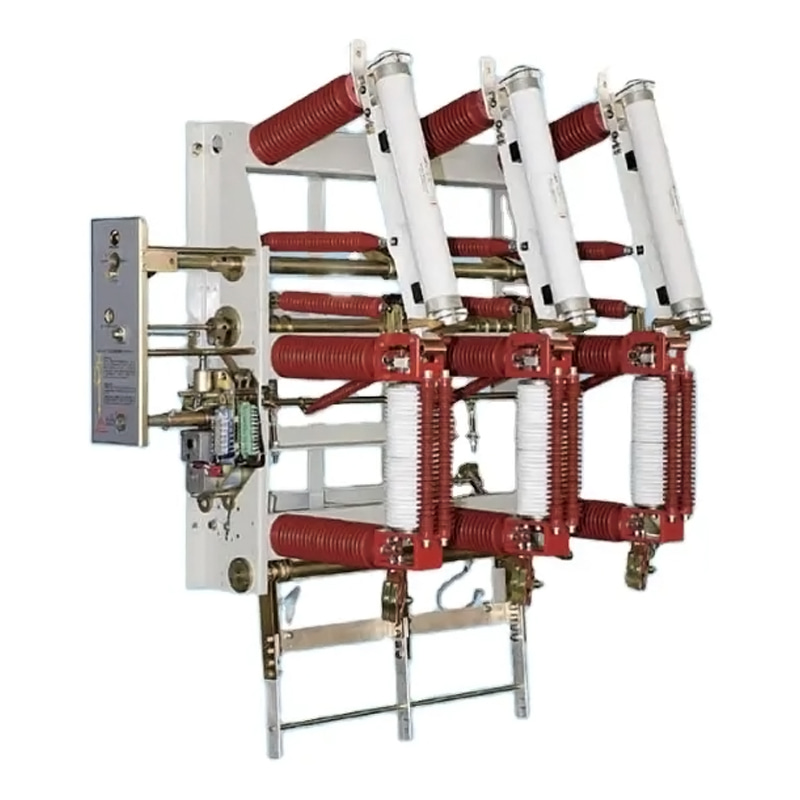In today’s office and commercial environments, security and communication systems are essential to maintain smooth operations and a safe working atmosphere. Among the practical tools increasingly adopted in modern workplaces is the Indoor Ring Host. This device acts as a central unit for managing access control, visitor communication, and internal messaging in various business settings. Its role extends beyond simple doorbell functions, offering valuable support for both small offices and large commercial properties.

The Indoor Ring Host serves as the main control interface that connects indoor monitors, access devices, and external communication points. It enables reception staff, security personnel, or office administrators to interact with visitors, verify identities, and grant or deny entry as needed. This improves both convenience and safety in buildings where monitoring visitor traffic is a daily requirement.
One of the common applications of an Indoor Ring Host in office environments is at the main entrance or reception area. When visitors arrive, they can use an outdoor access device, such as a video intercom or keypad. The Ring Host receives the call, allowing staff inside to see or hear the visitor before deciding whether to unlock the door. This provides controlled entry, reducing the risk of unauthorized access and ensuring that only approved individuals can enter restricted areas.
In commercial buildings with multiple offices or service units, the Indoor Ring Host helps coordinate visitor management more efficiently. It allows tenants to respond directly to calls from their own guests, eliminating the need for a central receptionist in some cases. Each office unit can have its own Ring Host, connected to a shared external panel, streamlining access while maintaining individual control.
Apart from entry management, the Indoor Ring Host can also be integrated with other internal systems such as security cameras, alarm controls, and public address systems. This enables office administrators to monitor hallways, meeting rooms, and lobbies through a single interface. By connecting the Ring Host to these systems, staff can quickly respond to emergencies, unusual activity, or maintenance needs.
An Indoor Ring Host offers significant benefits in commercial retail spaces as well. In stores or showrooms, it provides staff with the ability to manage deliveries, customer appointments, and service calls from a central indoor location. For example, when a delivery arrives at the service entrance, employees can use the Ring Host to communicate with the driver and unlock the back door without leaving the sales floor. This helps maintain security while reducing operational disruptions.
Another important use for the Indoor Ring Host is in coworking spaces and shared office environments. In these locations, multiple businesses often operate in a single building. A networked Ring Host system enables each business to handle its own visitor communications while using a shared entry panel. This setup preserves privacy and security for all tenants without requiring separate access control systems for each office.
Conference and event venues also find the Indoor Ring Host useful for managing guest arrivals and deliveries. At large events, security staff can monitor entry points through the system and grant access based on event registrations or guest lists. The Ring Host can be connected to multiple access doors, making it easier to supervise different areas of the venue from a single station.
The Indoor Ring Host is valued for its ability to reduce response time in various situations. Whether it’s granting entry to an expected client or reacting to an unplanned delivery, the device allows staff to handle tasks without leaving their workstations. This improves operational efficiency, especially in busy office or retail environments where interruptions can affect productivity.
Some models of Indoor Ring Host also feature messaging or announcement functions. This allows administrators to send quick notifications to specific office areas or entire floors through the system. For example, facility managers can inform staff about maintenance work, safety drills, or visitor policies directly through the Ring Host, eliminating the need for paper notices or emails.



 English
English русский
русский عربى
عربى










